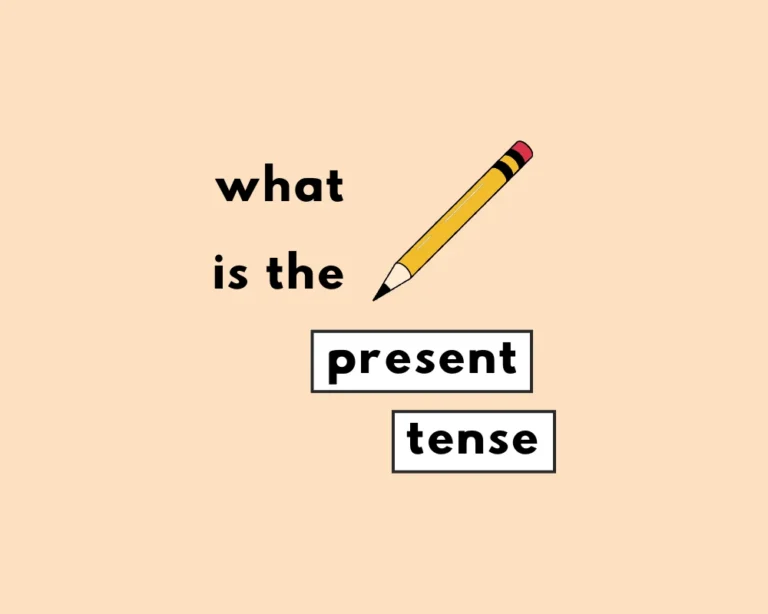
What is the Present Tense? (Forms of the Present Tense)
Want to make tense, sense? The present tense has 4 main forms: the present simple, present continuous, present perfect, and present perfect continuous. Learn more
Explore the breadths and depths of Grammarflex’s knowledge base, containing resources and comprehensive guides on pretty much everything you could want to know related to English grammar and writing.
Learn all about the main parts of speech, which (in case you forgot) comprises of verbs, nouns, adjectives, pronouns, adverbs, conjunctions, prepositions and interjections. Beyond the fundamentals of English grammar, you’ll find guide on writing mechanics and style, literary devices amd more.


Want to make tense, sense? The present tense has 4 main forms: the present simple, present continuous, present perfect, and present perfect continuous. Learn more

The past tense is divided into 4 groups, all of which depict an action as occuring at a point or period of time in the
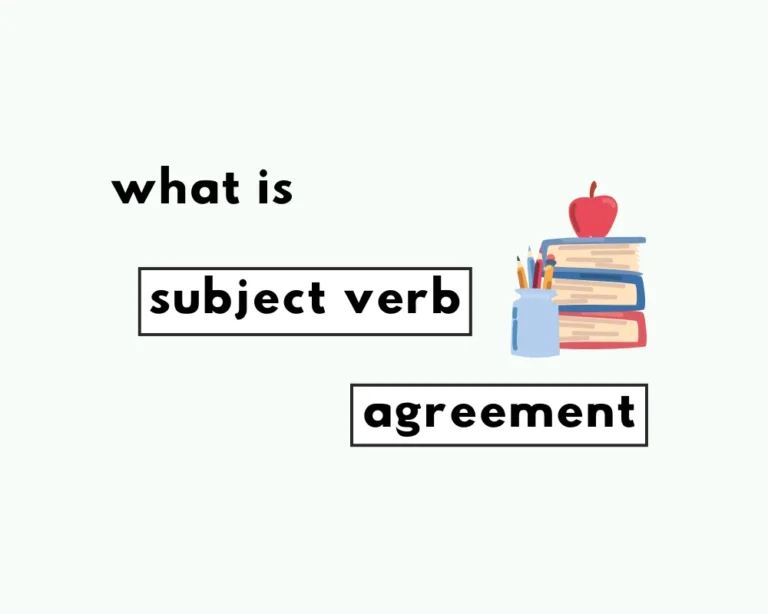
Subject verb agreement is what it says: a verb and subject must agree in count/number. When the subject is singular, the verb follows and is
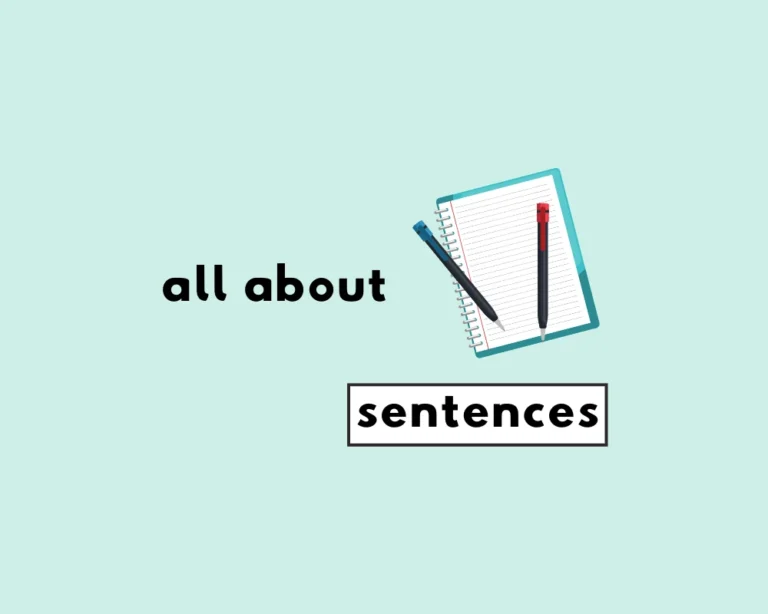
Sentences are groups of words that communicate a complete thought, and contain a subject and a predicate.
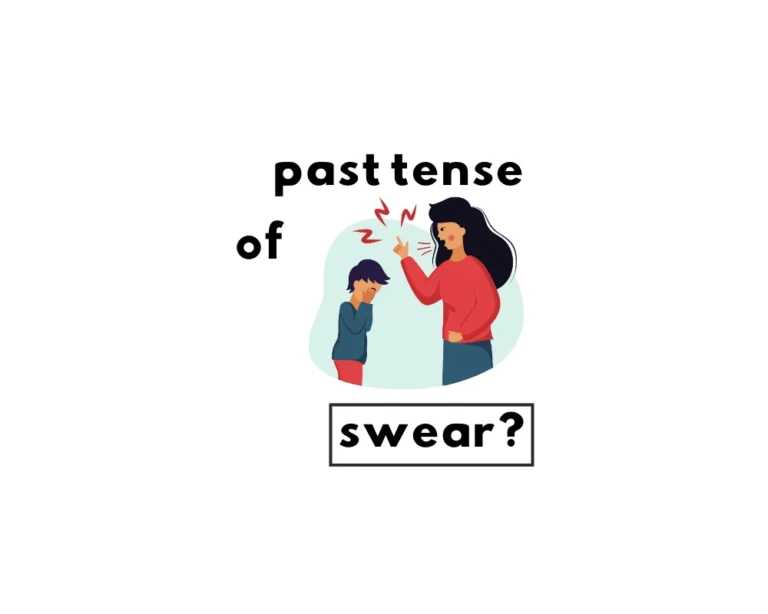
Swore is the simple past tense, whereas sworn is the past participle form of the present tense verb, swear.

‘She sprang out of bed’, is the past tense. ‘She’d sprung out of bed and scraped her knee when she hit the floor,’ uses the
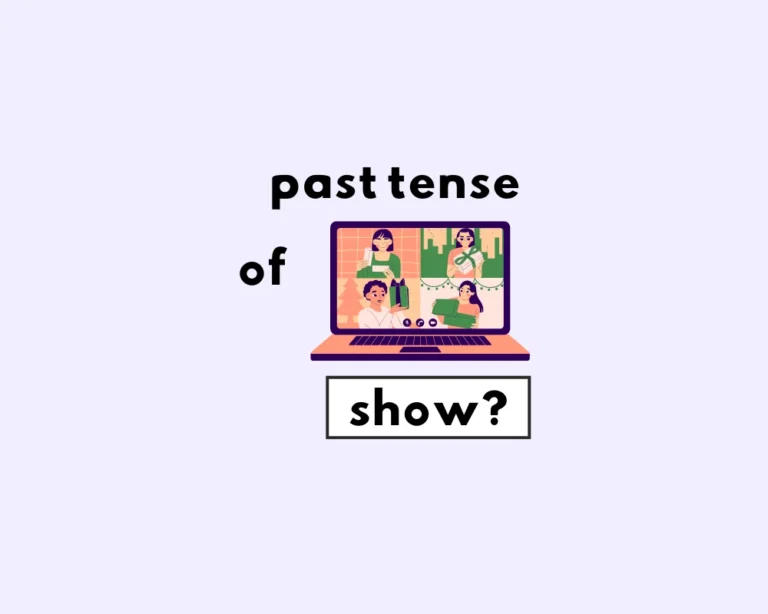
Show has three verb conjugations altogether: show, showed, and shown/showed (depending on UK/American English). Shown is the past participle of show.
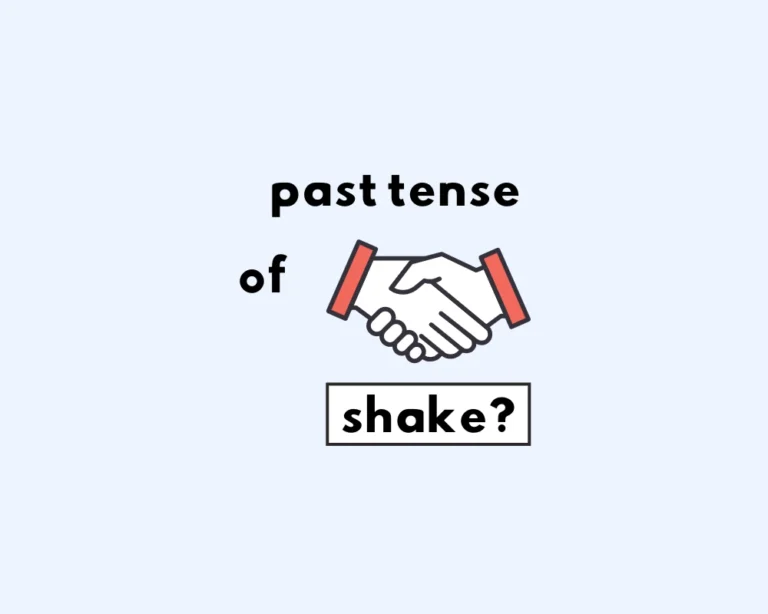
Shake is the present tense. Shook is the simple past tense, and ‘had shaken’ is the past participle form of shake.

Wake (present tense) has two past verb forms: woke and woken. Woke is the simple past, and woken is the past participle (used with a